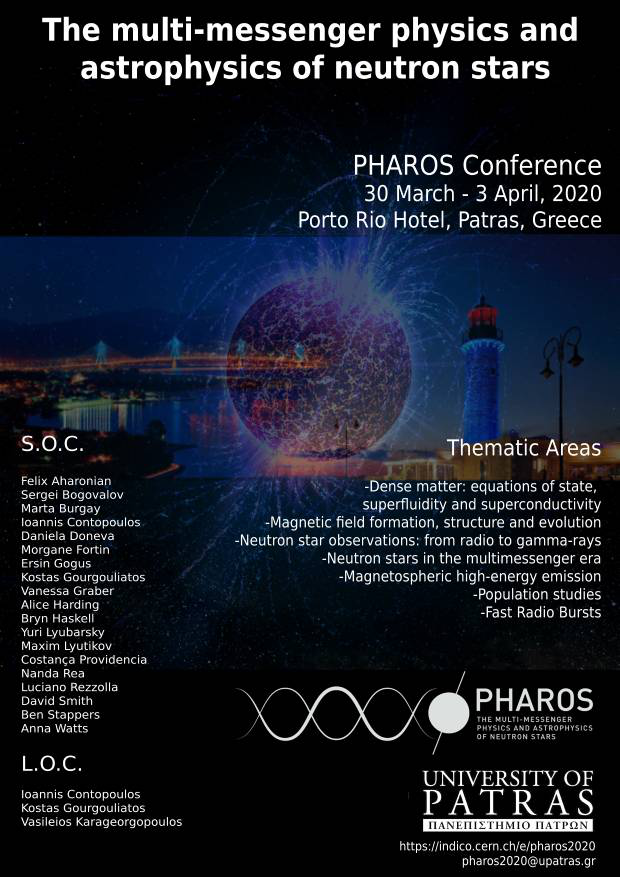Speaker
Description
One way to probe the still unknown nature of fast radio bursts (FRBs) progenitors is to investigate how their sources are distributed in space. With this aim we have applied the luminosity–volume test, also known as $\langle V/V_{\rm max} \rangle$ test, to two samples of FRBs detected by ASKAP and Parkes, respectively. These samples have different flux limits and correspond to different explored volumes. We put constraints on FRB sources redshifts with probability distributions and applied the appropriate cosmological corrections to the spectrum and rate in order to compute the $\langle V/V_{\rm max} \rangle$ for the ASKAP and Parkes samples. Our findings suggest that the population of FRB progenitors is not consistent with the star formation rate (SFR) or any delayed SFR. If FRBs do not evolve in luminosity, the $\langle V/V_{\rm max} \rangle$ values of ASKAP and Parkes samples are consistent with a population of progenitors whose density strongly evolves with redshift up to $z \sim 0.7$.

